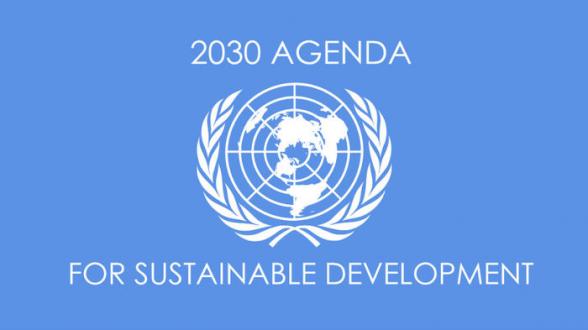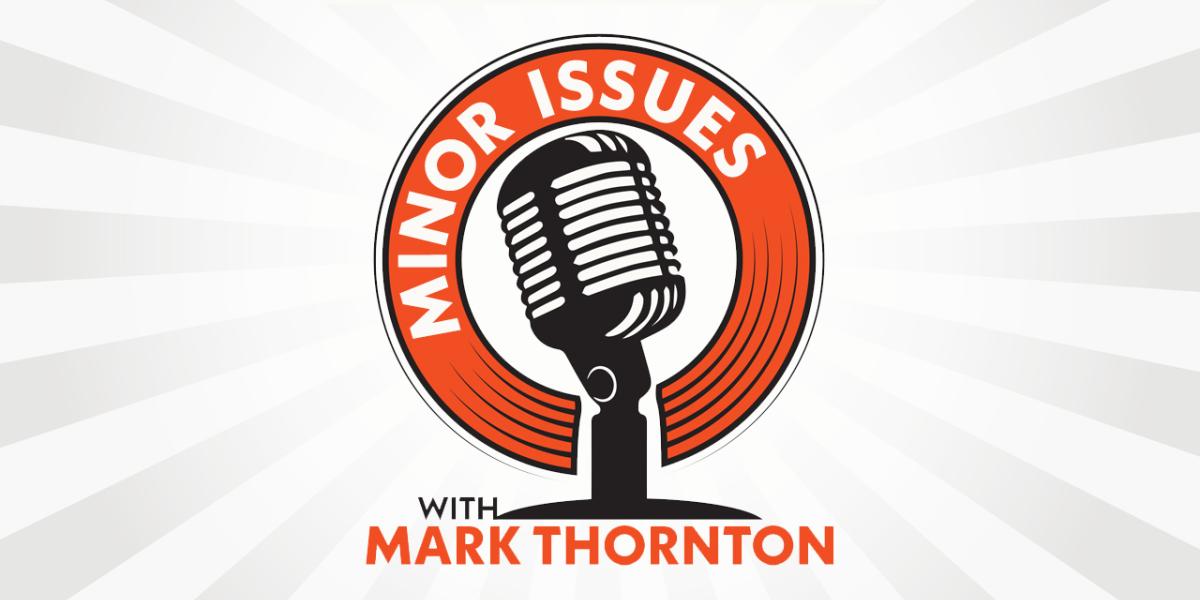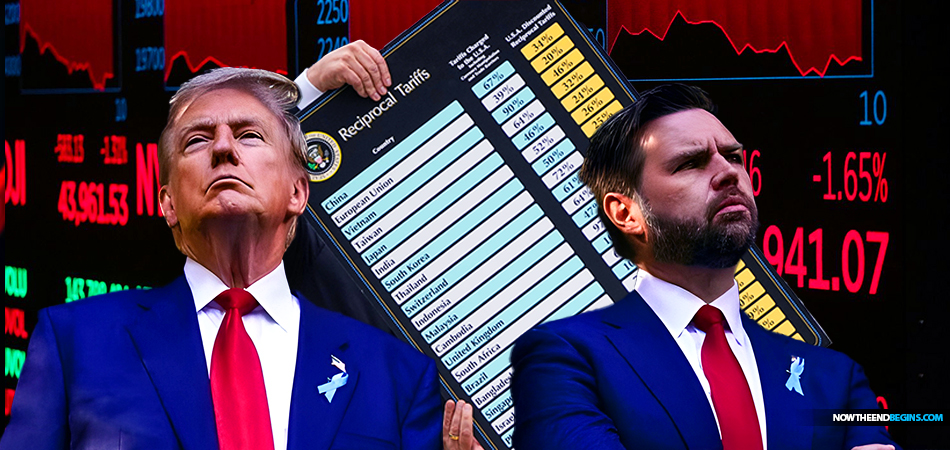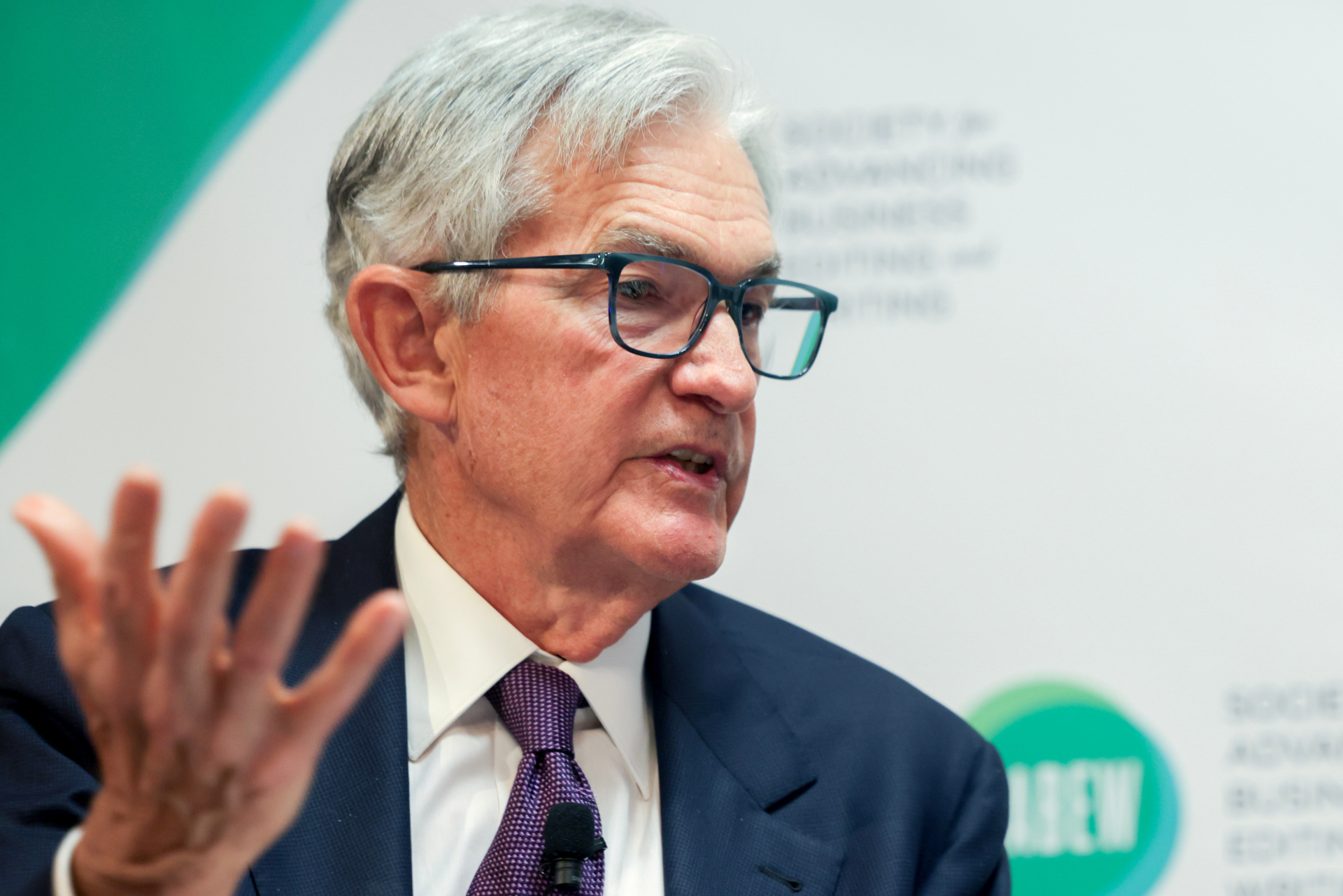by Lawyer Lisa, Lawyer Lisa’s Substack:
The EU is pushing war.
Because you need an unconscionable waR to justify handing over military assets to the UN by 2030. America is not cooperating with the table top exercise anymore. So they will go it alone. Yo Canada you want to side with America on this one? Or send your kids and wives to war?
FYI EU Commission bone heads: bomb deployment destruction and rebuild cycle might have carbon. Right. We noticed. Because we are the thinking tribe.
TRUTH LIVES on at https://sgtreport.tv/
Either scrap you assinine NET ZERO, or admit you are not scared of the weather.
Because you are not even scared of destroying the lives of your citizens with bullets, bombs tanks etc.
Think about if for a second.
Dont like the opposite sex. But if you do. Don’t do the nasty the regular way in the front hole or without lots of boosters. But if you do. Take this pill. But if you don’t. Don’t have kids. But if you do abort them. But if you miss that opportunity, send them to the sterilize-ranch (school). And if you’re sad, the Government will euthanize you. Sign here. But if you don’t. Someone else can for you.
Also. Don’t believe in God. Hey look it’s Satan! isnt he cool? Hate your neighbor because of skin. Or religion. Or vote. Or not complying. with vax. With silence. Turn them in. Or Don’t. We have people for that. The paid rats.
Ok those people? Those people? Note they’re not all asking for peace because the carbon in the bombs will load carbon in the atmosphere. Tremble oh no 1.5 degree…. nuclear temperature is fine though.
No they want US FREE THINKERS, to believe the war mongers really believe in global carbon warming. Oh no.
We don’t. It makes no sense.
They want to go to waR for the same reason they want you to abort your baby. To profit from death.
So if you’re still happy. Reproducing. Love Jesus. Your country. We have war. Yes. A carbon neutral war, because.. nothing to see here. look over there someone was misgendered. A trasphobe. Also can you please take your rfid. Ttafficking in children? No. Don’t look there. Don’t get mad. They like the cages, the kidnap rape kill. We have past slavery that you have to get mad about. got it. On the hate program. Hate those people. So yes as satan was saying. War is for your own good.
Please be poor, hungry and cold because the weather. But also this new death way by government is available.
Literally I can’t believe the shit heads pushing Net zero are pushing War zero.
The draft is sweeping the EU. Including for WOMEN in Austria and Denmark. They’re sending their wombs to war. Not bombs. Wombs.
(because they have their widget womb. Look up artificial placental technology patents. Eyes will glaze over.)
You need a good war to really prove NET ZERO is purely to force deprivation and theft. Scam alert! Scam. Scam. Scam. Scam
Because if these fanatics wanted to keep the world at the please no, tremble, 1.5 degrees, then, they would sue for peace.
They would not fight for Ukraine’s borders. If it meant the whole end of the planet. Are there Ukrainians left???? Or just the land for carving.
Well don’t worry Austria is sending their women. And so is Denmark. Danish women are going to leave their kids to fight those borders. In the Uber safe cities. Ask Sweden.
Watch the video.
From net zero. To bombs away. Like on the same day.
Na. Na. Ne.na. na. We caught you lying. Net zero is nothing. You blew it up EU. Don’t for one second think I’ll believe we can’t have cars while you have fighter jets and Austrian women with guns on the front lines with Russia.
Nope . We can’t have a boiler. But you get tanks. And drafting Danish women. What happens to their kids? Oh Epstein has ideas? (As if the guy who’s job it was to blackmail the most powerful men, who worked for the cia, or mossad who’s job is to create ops, ya that guy, as if he didn’t have an insurance plan and didn’t fake his death. I mean I would have had an insurance plan. So Epstein did. That, i think was an op on pure conjecture, balance of probability, and knowledge of human nature. No way I’m smarter than Epstein)
Read More @ lawyerlisa.substack.com
Originally Posted at https://www.sgtreport.com









